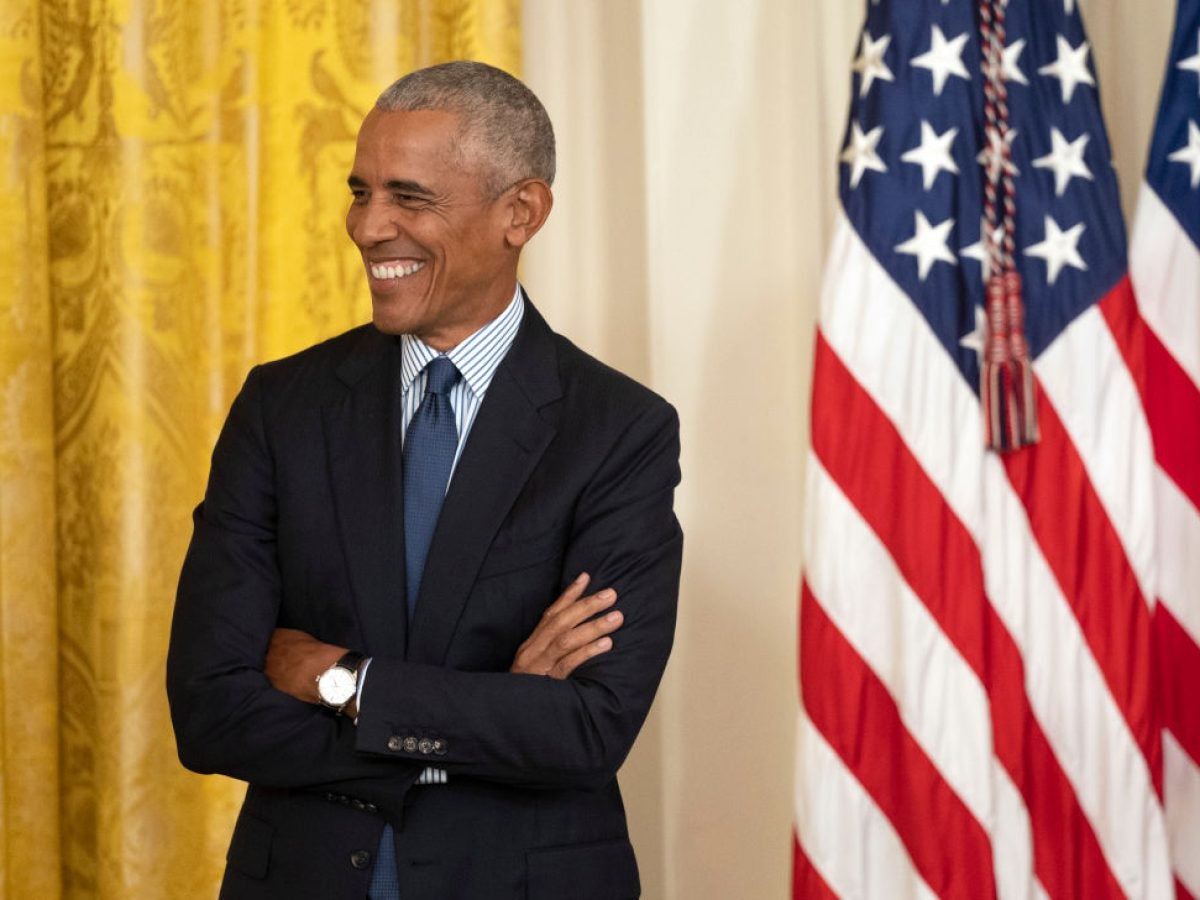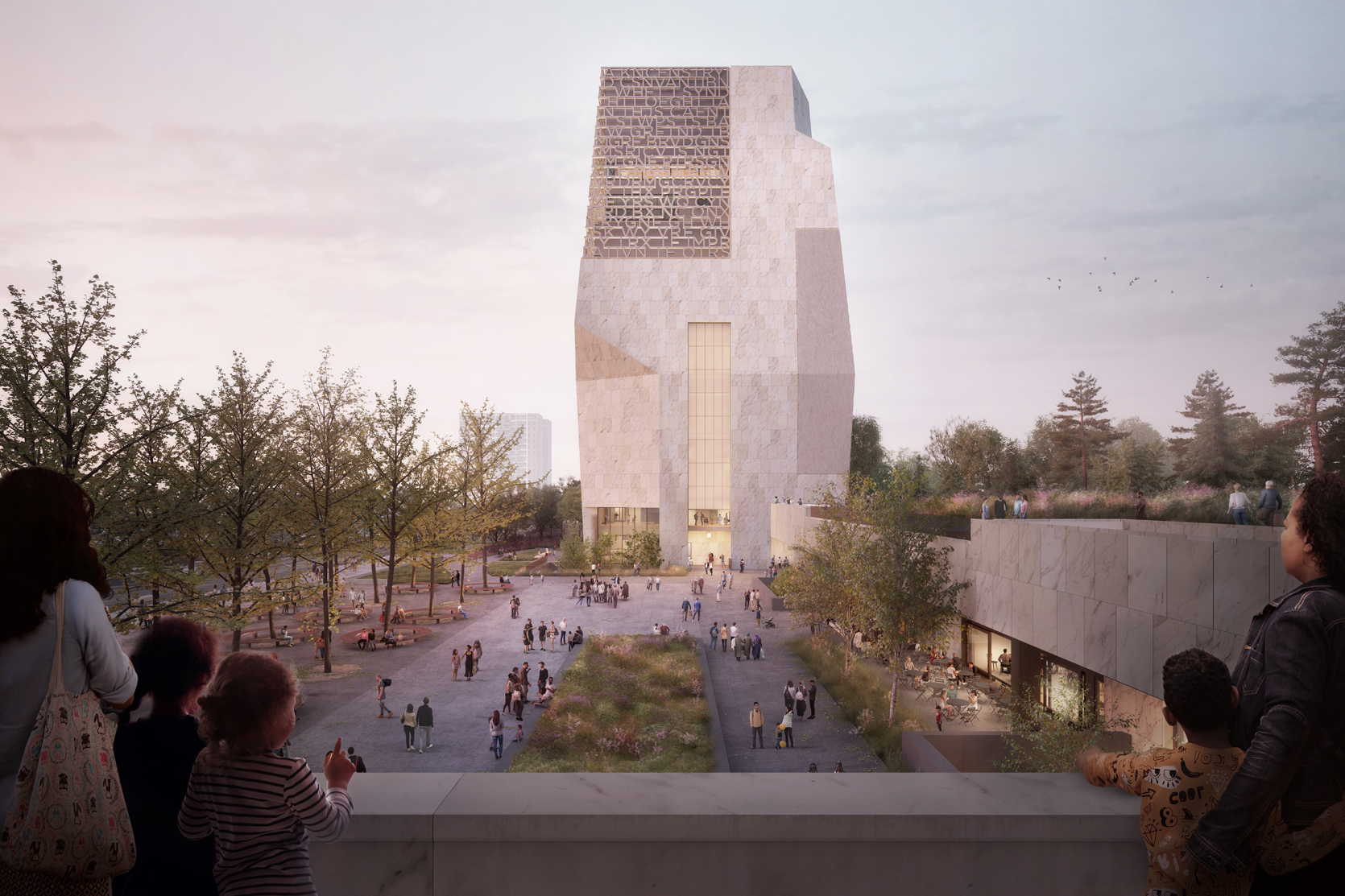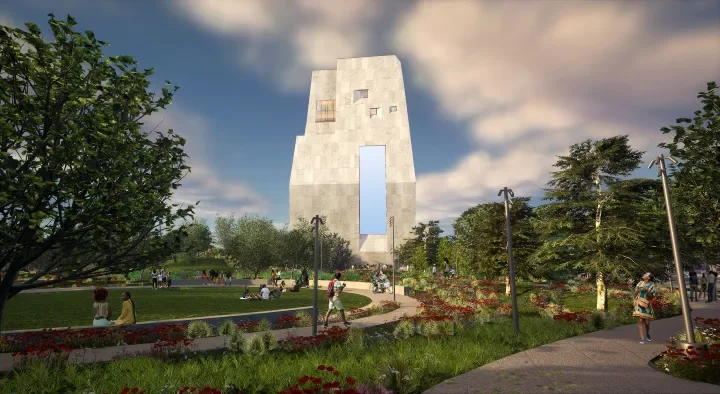
After many years of planning and delays, the Presidential Obama Center is finally coming and it’s poised to change the city of Chicago forever.
“When we started this thing, I wasn’t sure it was ever going to get up,” President Obama said at a June ceremony in Chicago celebrating the Center’s construction progress. At that point it was reportedly 50%. Now, nearly two months later it is even closer to the planned spring 2025 open date and the team is keen to share its plans for Chicagoans.
ESSENCE was invited to a special preview of the Center in early August to learn more the design, scale and workforce impact of the campus leading up to its opening.

President Obama first selected Chicago’s Jackson Park on the city south side as the location for what was initially supposed to be just a privately run presidential library which was originally set to open 2021. These plans quickly ballooned into a much bigger project, a entire campus that will sprawl across more than 19.3 acres and will include not only the aforementioned library, but an athletic center, park, a world-class museum and multiple public gathering spaces. Despite the shifts in construction plans, the mission on who will benefit from the build out has remained steadfast.
“The three pillars that we have built our whole diversity foundation on is on business diversity, workforce diversity, and workforce development,” said Tammi Davis, Director of Business Diversity and Workforce Development at the Obama Presidential Center and the Obama Foundation.
She also tells ESSENCE that “the transformative goals that we set as it relates to business diversity is ensuring that 50% of our total construction spend is with diverse businesses, and these are certified diverse businesses.”
As of April 30 of this year, the Obama Foundation reports that about 50% of the project’s on-site workers were Chicago residents and 35% were South and West Siders. About 35% of the subcontractors were minority-owned businesses, 15% were women-owned and led businesses and 9% were local to the Greater Chicago Area, according to reports.
Davis also shared that one of the major goals of the project buildout is ensuring the construction workforce was equally representative of the diverse community surrounding the campus.
“We matched the city of Chicago’s goal with ensuring that 50% of the total construction construction workforce hours were performed by residents of the city of Chicago,” Davis said.

Through its workforce development initiative, We Can Build It, the campus aims to increase the presence of local residents, minorities, and women matriculating into the union construction trades.
“We want to be a catalyst for change in the industry,” she said. “We have been able to place people not only on our construction site, but have been able to successfully get them placed on other projects around the city as well.”
Davis also shared that one of the Center’s major goals was that businesses located within the 12 neighborhoods immediately surrounding the campus.
“We have convened what we call our business-serving organizations, where we are bringing in various chambers of commerce to discuss grants that are available for a lot of our small businesses, many of which that they may not be aware of.”
Although the full campus is set to open Spring 2026, its athletic center will be ready or visitors late fall of next year.
